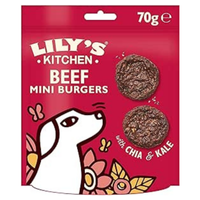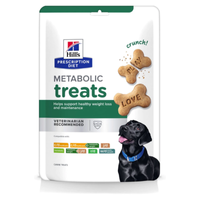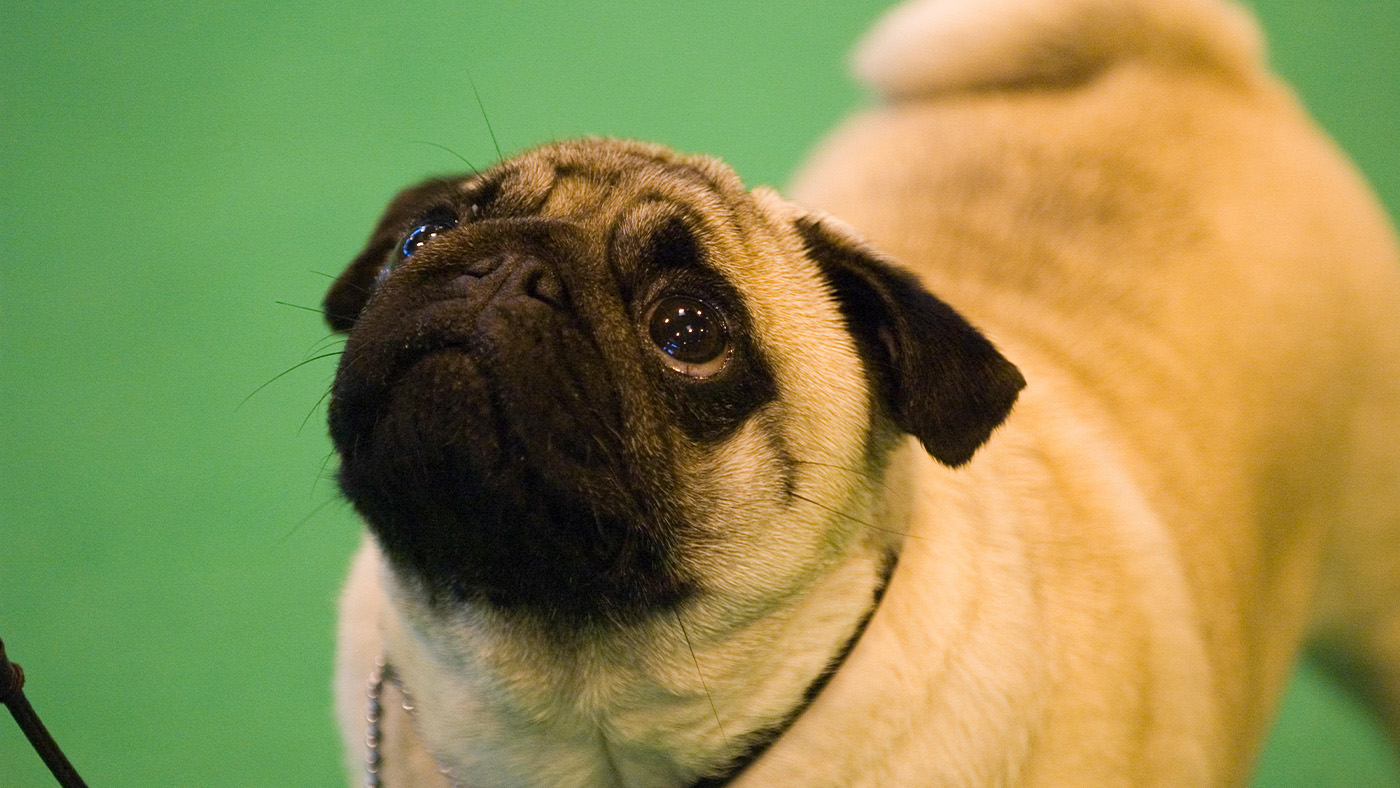Wondering how to stop puppy food aggression? A vet shares what you can do
This is how to stop puppy food aggression for good.
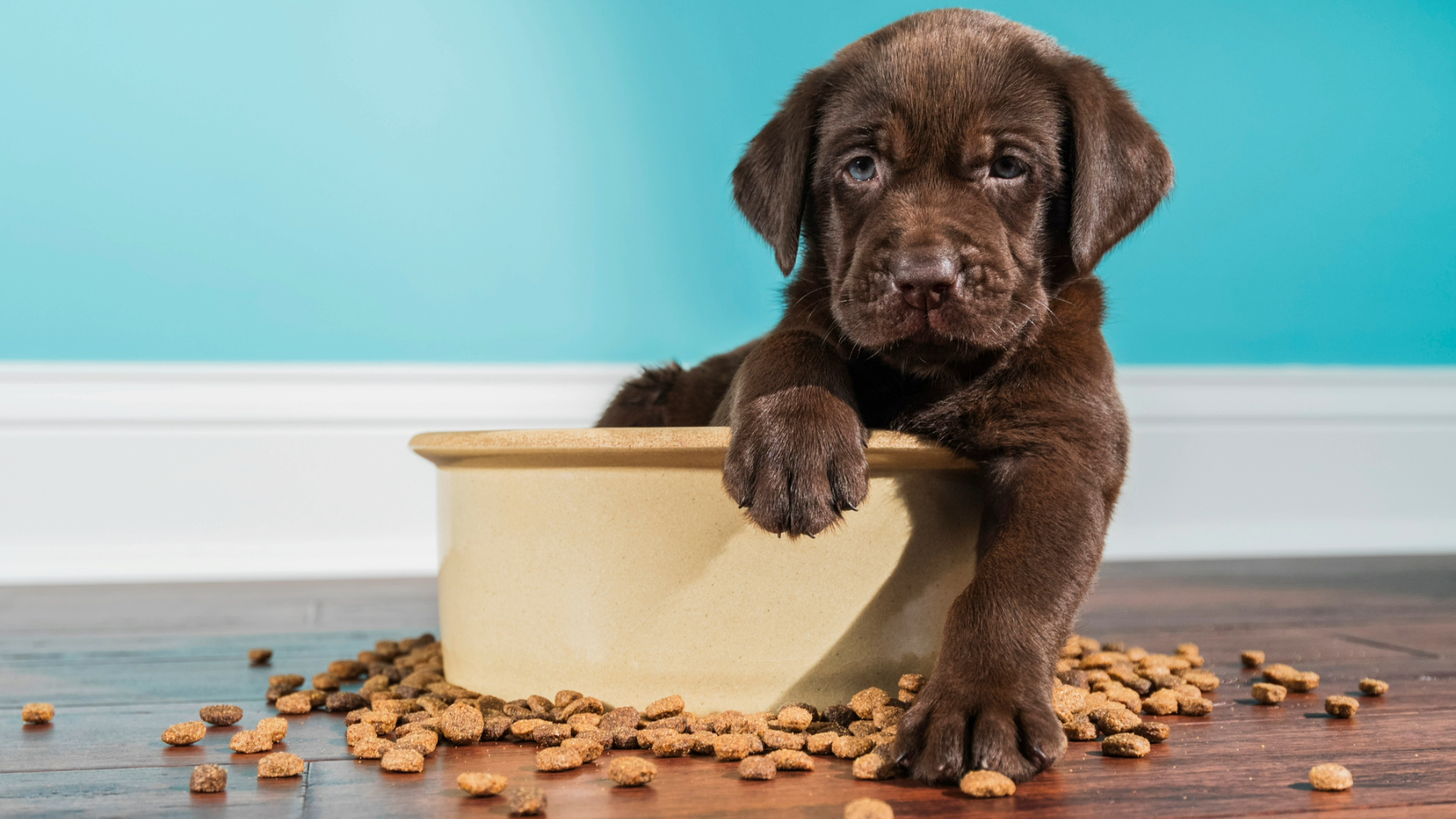
Want to learn how to stop puppy food aggression? You’re not alone. It’s a common problem that lots of pet parents have to tackle and is very normal. It isn’t something you should blame yourself for, and luckily, there are lots of ways that you can help.
It might be tempting to leave your pup to just ‘grow out of it’, but the best thing you can do is put a stop to it from an early age. Otherwise, it might turn into a serious problem as they get older.
By giving your dog one of the best puppy toys, you can help reduce aggression. A good toy will provide them with the mental and physical stimulation they need, which, in turn, can help reduce unwanted behavior caused by stress and boredom. An anxious dog might make “poor choices and reactions”, according to the Journal of Veterinary Behavior.
When your furry friend is eating the best puppy food, they might feel a little protective over their bowl and display aggressive behavior such as growling and snatching food. This isn’t nice for anyone (especially if you have small children or other animals in the house), but it doesn’t have to stay this way.
You might want to check out our guide on how to discipline a puppy if you’re facing other behavioral problems, but to learn the signs of puppy food aggression and how to stop this behavior, keep on reading:

Dr Joanna Woodnutt qualified as a veterinarian from the University of Nottingham where she then went on to practice companion animal medicine in the Midlands. She really took to the consulting side of things and helping clients with medical problems such as dermatology, behaviour and nutrition - anything that involved helping clients understand their pets better.
Is puppy food aggression normal?
Firstly, it's important to remember that being protective over a vital resource such as food can be normal and natural. After all, in a large litter pups may have to be pushy to keep their food, and it's an instinctive behavior for animals to guard their food sources from potential threats.
Food aggression in dogs is a type of resource guarding – they're just trying to protect what's important to them, and they're worried that you will take their food away.
If your puppy is showing a little food aggression, don't panic. But you should never ignore this behavior either; it won’t improve with age! Taking active steps at the first sign of food guarding is the best way to prevent more significant issues down the line. Or even better, before any signs of guarding appear, start positive reinforcement for dogs.
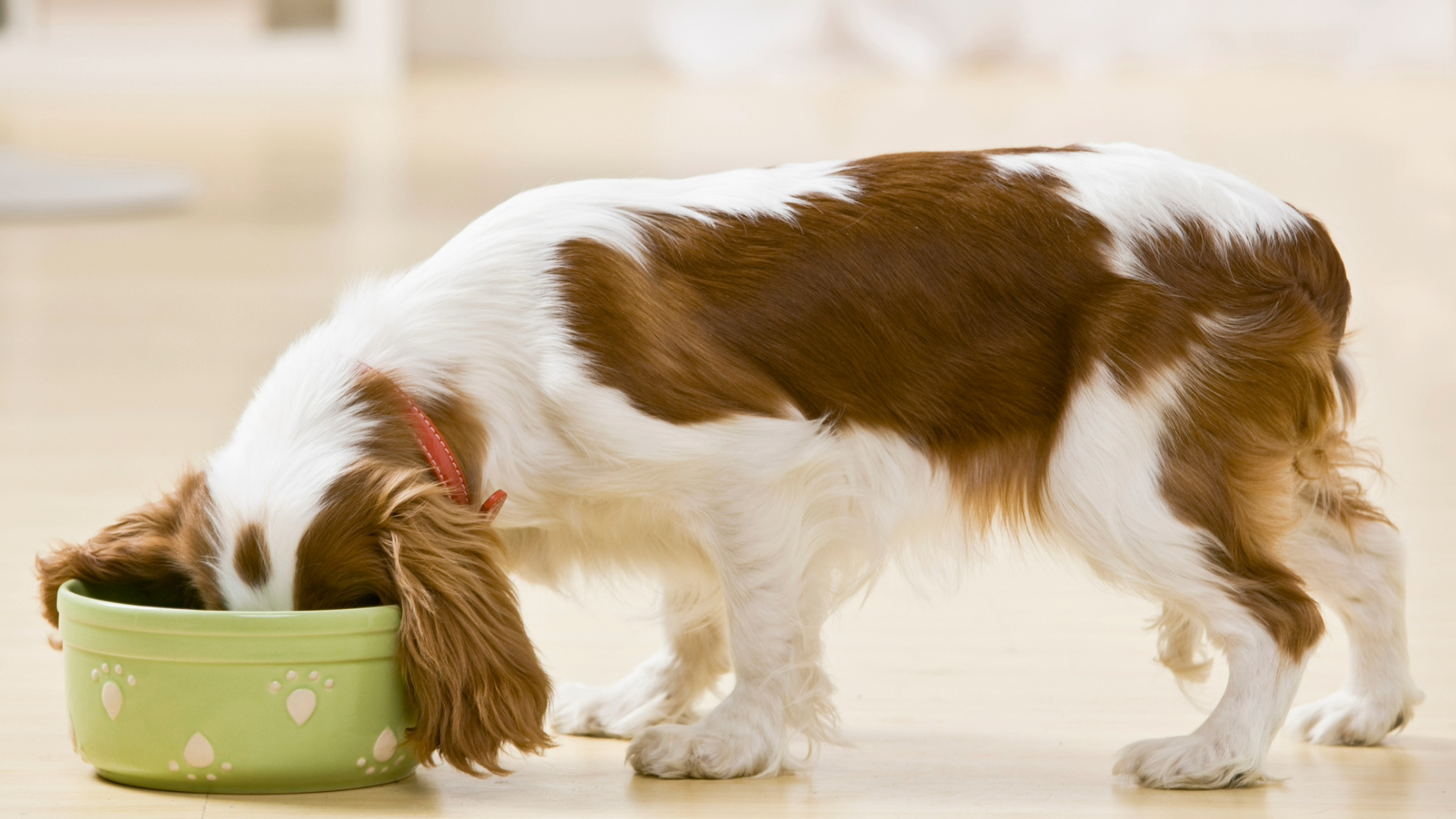
Signs of puppy food aggression
If you’ve watched dog training videos online, you’ve probably seen the worst food aggression cases – where the dog lunges to bite if someone gets close to their bowl. Unfortunately, by this point, it's very difficult to treat.
Just like with other forms of puppy aggression, to prevent food aggression, you need to spot it at the very first signs. Early signs of food aggression in puppies include:
- Standing over their food bowl
- Having a stiff posture
- Holding their ears back, with wide eyes
- Baring their teeth
- Giving low growls when approached
- Snatching or gulping food
- Eating faster if someone, or another animal, approaches
The best time to prevent puppy food aggression is before any of these signs appear. So, here’s six top tips for stopping puppy food aggression:
How to stop puppy food aggression
1. Ask family members to leave your dog in peace
Would you like to be petted or picked up while you're eating? Probably not. Ask children and other family members to let your new puppy eat in peace, or feed the puppy once the children are in bed. Find a quiet corner where your dog won't be disturbed while they're eating.
Consider shutting the door so that other animals can't make them anxious. Remember, food aggression happens because the animal is worried that their food may be taken away. You need to show them that they haven't got any reason to worry.
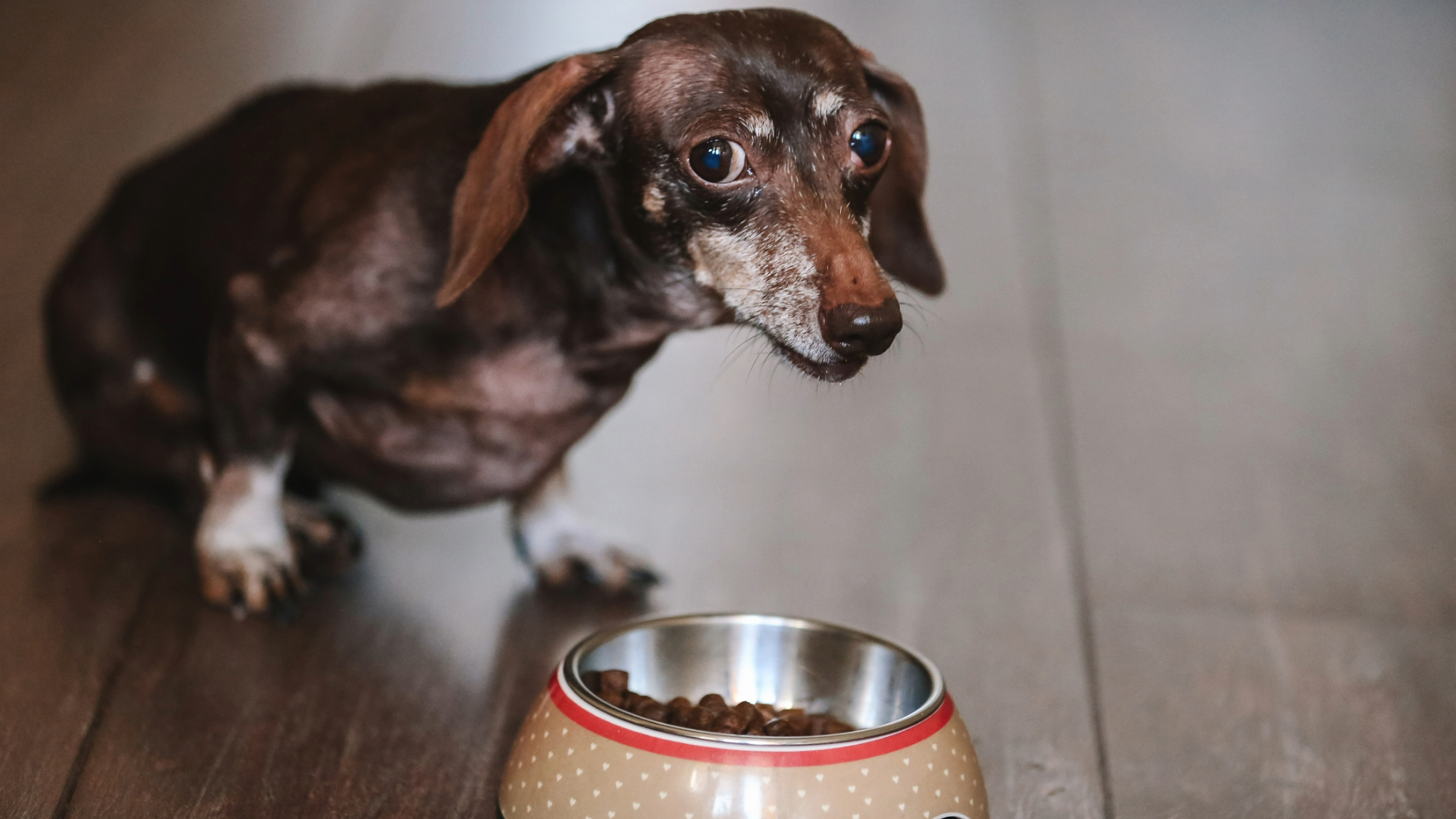
2. Don’t take their food bowl away
An old 'trick' for food aggression was to take the bowl away from the dog while they were eating, to 'show them who's boss.' Now that you understand your dog is guarding their food because they're worried it might be stolen, how do you think they'll feel if you do go ahead and steal it?
Will it really make them 'respect' you, or will they just have good reason to fear you? Randomly removing food from puppies has actually been shown to increase the risk of food aggression. Resource guarding is a sign of distrust, so don't give your dog a reason to distrust you. Once your dog has their food, you should leave the bowl alone until they have finished their meal.
3. Add more food to the bowl
One thing you can do from the first day you bring your puppy home, before they are showing any signs of food aggression, is to approach the bowl to add more food. This trick turns number 2 on its head by teaching dogs that it's actually a great thing when you approach their bowl – you aren't going to take it away; you're going to give them more!
Put three-quarters of their meal in their bowl, then let them start eating. Stand nearby and, once they're tucking in, call their name and ask them to sit. If they do so, you can give them a high-value treat such as chicken, while putting the rest of their meal into the bowl.
This can work well for dogs that aren't yet food aggressive or are in the very early stages. It shouldn't be attempted in dogs that are already very stressed by humans near their bowls.
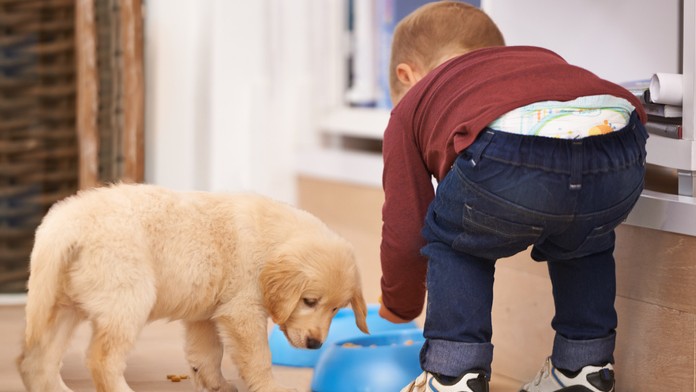
4. Give several small meals at set mealtimes
Food aggression has been associated with both hunger and ad-lib feeding. Therefore, it might be a good idea to review your dog's mealtime routine. Puppies should have several small meals throughout the day – four meals in 24 hours is usually recommended initially, steadily reducing as they age.
If you are feeding less than this, your dog might be feeling extremely hungry by the time their mealtime comes. Hunger increases the value of food to your pup, so they feel the need to guard it.
However, it’s not a good idea to leave food in the bowl at all times. Ad-lib feeding could cause your dog to worry and feel on edge constantly. The sheer amount of time the food is in the bowl also increases the risk of an incident – you can't avoid walking past the bowl all day!
Don't leave your puppy's food down indefinitely. If they don't eat what's in their bowl after 20 minutes or so, take the food away and offer it again later. Remember, in a puppy showing signs of food aggression; you can't simply walk over and take the food away. Instead, wait until they’ve finished eating and then call them over to play a game elsewhere, or find another way of distracting them.
Don't forget to build a routine into your dog's mealtimes. They’ll feel a lot more secure about their food if they know when their next meal will be.
5. Ditch the food bowl
Depending on your dog's anxiety level, you may be able to ditch the food bowl and feed from your hand, as rewards for tasks or as part of a game. Instead of associating their bowl with the food, your puppy will come to associate you with the food, so they'll view you more positively around food. Remember that some dogs who resource guard will snatch the best puppy treats– if this is the case, we wouldn’t recommend trying this tip.
For larger puppies, they may become too tired from training and games before they've eaten all their calories. That's fine – just make sure they perform one final command ('sit' is fine) before receiving the remainder of their dinner from their bowl.
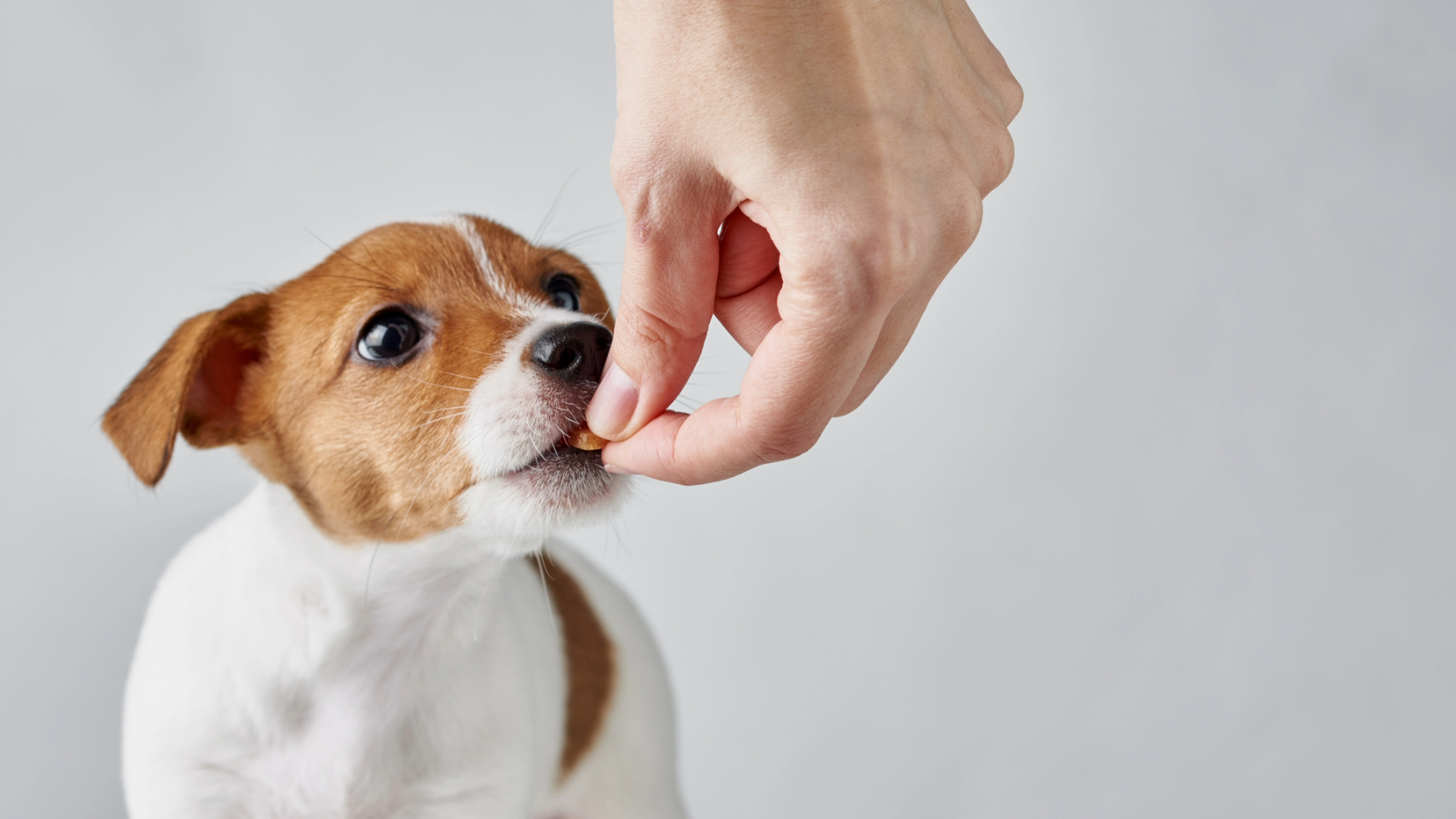
6. Try to desensitize your dog to your presence when he’s eating
This tip is best used on dogs who are only showing very early signs of guarding behaviors, not dogs who are already showing aggressive behavior. A behaviorist's advice would help to decide whether this method would suit your dog, because in some cases it could actually make their behavior worse.
Your dog needs to learn that you aren't a threat to their food. Start by figuring out how far away from the food bowl your dog feels comfortable with you. Then stand a few steps further away than this.
You should make sure you are in a safe and comfortable position and don't make any loud or sudden movements. Make sure you aren't a threatening presence – you may need to crouch and busy yourself with something else, rather than looking at your dog or their food. Every now and then you can toss a high-value treat towards your dog.
Hopefully, your dog will eventually ignore you and eat. If he gulps his food down with one eye on you, or shows any of the other signs listed, you're too close. Slowly move further away – you want him to register your presence but not react to it. Once he's had a few meals where he's comfortable with you in that position, move a small step closer, and repeat.
Over time, you should be able to stand quite close to your dog without triggering his food guarding. In fact, he should come to see your presence as a positive thing. Instead of taking his food away, you’re actually bringing yummy treats.
When to seek professional help
We said at the beginning that a bit of mild resource guarding is very common and that time and a few of these positive methods can teach your dog that you are nothing to fear. However, it's essential to realize that food aggression can also get out of hand, which can be extremely dangerous.
The last thing you want is for your puppy to bite you, a visitor, or a child. You should discuss food guarding with your veterinary team as soon as you notice an issue. They can refer you to a qualified behaviorist if needed.
Can you train aggression out of a dog?
Yes, it is possible to train a dog not to be aggressive around their food. But once this behavior is ingrained, it becomes a lot harder to correct. This is one of the reasons that it's best to seek help at an early stage – it's a lot more challenging to train a dog not to be aggressive if they're an adult that has been doing it for years. As with most things, prevention is better than cure!
Importantly, you should never punish your dog for their behavior. This is guaranteed to make the behavior worse.
Food guarding in puppies is a natural behaviour, but not a desirable one! It's important to prevent food guarding in puppies, before food aggression becomes a problem. If you are struggling, your veterinary team will be able to refer you to a behaviorist. Don't be worried about asking for help; it's important to tackle the problem early, before the behavior has time to escalate.
Want to learn how to handle dog aggression? Or if you’re questioning ‘How much should I feed my puppy?’, this vet’s guide has the answers you need.
Lily's Kitchen The Best Ever Beef Mini Burgers
On the hunt for a grain-free treat? These burger bites contain 80% beef and natural ingredients, including high-fiber chia and kale that can help your dog’s digestion.
Hill's Prescription Diet Metabolic Crunchy Dog Treats
If your dog is on a weight loss diet, these crunchy treats could be a good option. Containing high protein and added nutrients, your dog will feel full for longer - without the need to constantly snack.
PetsRadar Newsletter
Get the best advice, tips and top tech for your beloved Pets
After graduating as a vet from the University of Nottingham, Dr Joanna Woodnutt went on to practice companion animal medicine in the Midlands. Since then, she has also written for countless online and print publications and is a regular contributor for Edition Dog Magazine.
